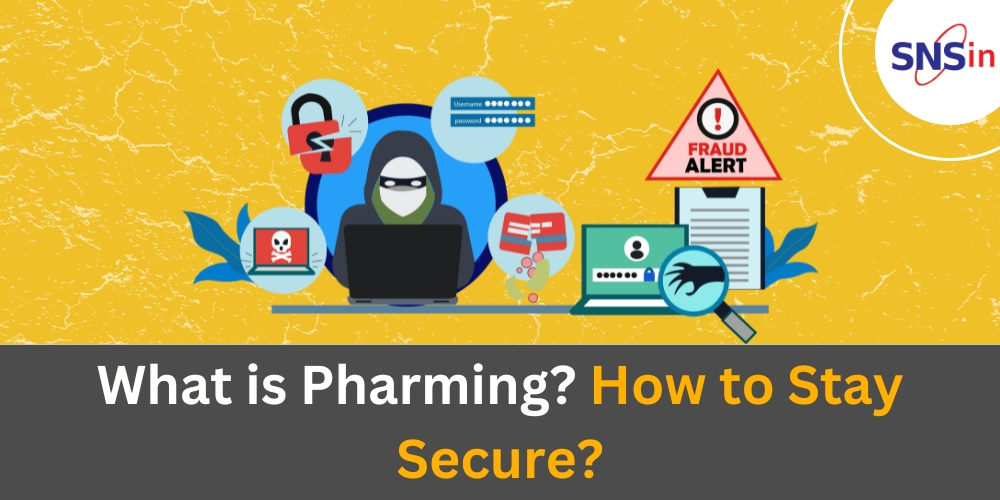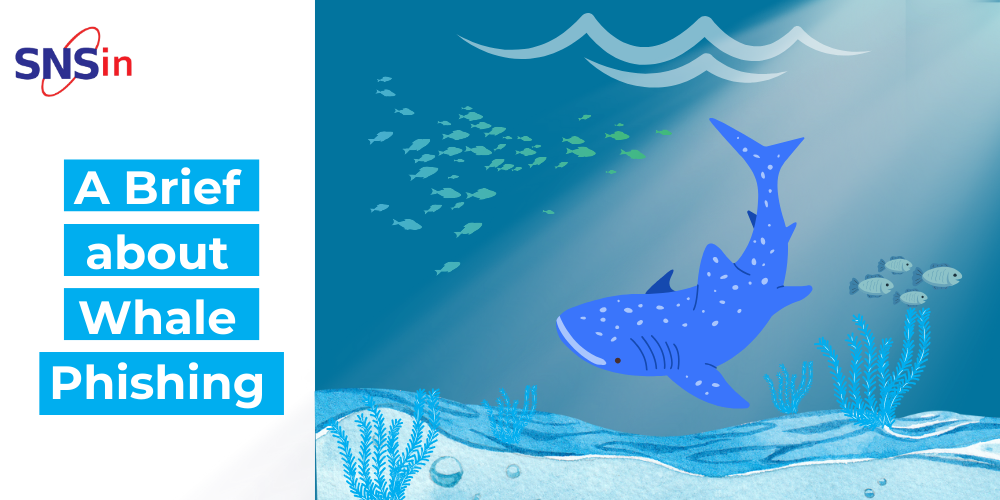Among all the new threats that have appeared in the world of cybersecurity, pharming can be considered as rather very complex and dangerous. Pharming filters users off to bogus websites through domain replication without the knowledge of the user. Pharming is and continues to be a real threat in the modern world; as a result, it is pertinent to understand it and how to avoid it.
What is Pharming?
Pharming is a type of identity theft that seeks to reroute traffic originating from a certain website to another detrimental website designed to capture the user’s username and passwords, bank account information, and other personalized identification information. The name used in the creation of this malicious attack is a combination of the two words ‘phishing’ and ‘farming’. Unlike phishing which involves using social engineering to deceive individuals, pharming exploits the technical infrastructure that directs internet traffic.
How Pharming Works?
Pharming attacks can be executed in two primary ways:
DNS Poisoning (DNS Spoofing)
This method focuses on the Domain Name System (DNS), which converts easily recognizable domain names line “www.abc.com” to numerical IP addresses, which the computers use in locating a website. By manipulating the DNS, the attackers can make it possible for the users to be taken to a fake website instead of the legit one. When the DNS cache is poisoned, any person or system attempting to get to the real website is redirected to the fake one without knowing it.
Host File Modification
This involves manipulating the host file in the computer that belongs to a victim. Host file is designed to map domain names with their respective IP addresses. By adding the wrong details, the hackers are able to reroute people to a fake website from a genuine one. It is commonly used in cases where a user’s computer is infected with malware.
Both techniques rely on how the users access websites and they cannot easily tell that they have been redirected to a malicious site. These fake sites are clones of the genuine sites and this makes it easier for users to type in their personal details and these are then collected by the attackers.
The Impact of Pharming
Identity Theft
When personal information is stolen, it can be used in identity theft and hence people lose their money and credit scores.
Financial Losses
Embezzlement and any other unauthorized operations on the accounts may lead to large-scale financial losses.
Reputation Damage
For businesses, being affiliated to a pharming attack would have several negative implications on its impact on the public.
Data Breaches
Login information and other details may lead to other forms of data leakage, involving other accounts and services.
How to Stay Secure Against Pharming?
Protecting yourself from pharming requires a multi-faceted approach that includes both technical measures and vigilant online behaviour.
Here are some key strategies to stay secure:
Keep Your Software Updated
Always keep your OS, browsers, antivirus, and any other applications that you may be using updated. It is advisable to apply regular software upgrades since these contain fixes for various security issues that can be utilized in pharming attacks.
Use a Reliable Antivirus and Anti-Malware solutions
Implement and regularly update effective anti-virus and anti-malware solutions. These programs are capable of pointing out and eradicating malicious software that might seek to alter your host file or perpetrate DNS poisoning.
Support DNS Security Extensions (DNSSEC)
DNSSEC is an extension to the DNS lookup process that employs digital signatures to authenticate DNS data. This is useful for defence against DNS poisoning attacks.
Be Cautious with Emails and Links
Pharming attacks may begin with phishing emails which lead the user to a site controlled by the hackers or contain a file with virus. One should never open emails from unknown persons, or simply click on links or download attachments from those persons.
Verify Website Authenticity
Before submitting personal information on a website, the URL should be checked for any irregularities. One should look at HTTPS and a padlock icon at the end of the URL to ensure that the connection is secure. However, do not forget that these indicators are not perfect and an attacker can also get the SSL certificate for the fake site.
Employ Two-Factor Authentication (2FA)
Always set up for two-factor authentication on your online accounts when possible. 2FA makes it difficult for the attacker to gain access into your account because they will be required to provide another authenticating factor like a code sent to your mobile device.
Educate yourself and others
Keep learning about the current threats and preventive measures and let your friends, families and colleagues know about the pharming attacks so that they do not fall victims to the same.
Monitor Financial Statements and Online Accounts
Always check your bank statements and other online activities for signs of fraud. Pharming can be prevented through early identification of unauthorized transactions.
Secure Your Network
To keep your home or office network safe, make sure you change the password of your wireless network and the router. It’s no brainer but most people don’t change the default password also. Also, set network encryption, WPA3 is currently the most secure and also disable all remote management options that are not necessary.
Conclusion
Pharming is a complex and covert attack process which threatens both clients and companies. In this blog, we have seen how pharming works and if you take precautions then you and your important data will not be vulnerable to such sites.
At SNS, it is our mission to deliver security solutions that are technically sound and operationally possible to protect businesses from emerging cyber threats. Drop us an email with your requirements to enquiry@snsin.com
Swathi
Author
Working IT professional and a Cyber Security enthusiast. Passionate to write about Cyber Security topics and Solutions. I share my insights as I study articles and trending topics in the field of Cyber Security.
![]()




